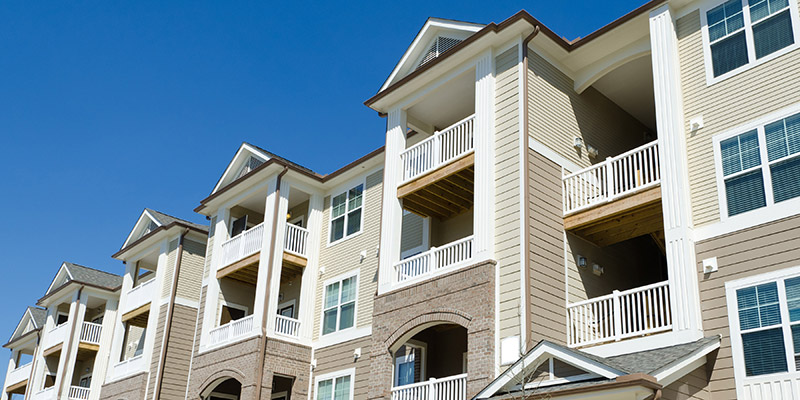Liability Considerations for Affordable Housing Developments

Save as PDF
Affordable housing developments are a critical component of building a strong economy, and the need for affordable housing today is urgent. According to the National Low Income Housing Coalition’s 2022 Report, the U.S. is facing a shortage of 7 million affordable rental homes/units.
While this need creates challenges for our communities, it simultaneously creates significant opportunity for affordable housing developers. Given the increasing number of projects, our team has determined the following liability considerations and risk management strategies.
Contractual Risk Transfer and Additional Insured Status
Contractual risk transfer is a significant part of a successful risk management strategy for affordable housing developments, especially during the construction phase. Contractual risk transfer shifts liabilities and associated costs from one party or its insurer to another party or its insurer. To that end, as an affordable housing developer, you should be listed as an additional insured on your general contractor’s liability policy. Your contract should also include indemnification/hold harmless provisions which will specifically outline your risk transfer structure. This step is critical in protecting your organization’s assets and should include consultation with an attorney familiar with statutes in your state.
Is Being Listed as an Additional Insured on your General Contractor’s Policy Enough?
Development projects come with significant inherent risk and, unfortunately, you can be sued for bodily injury or property damage during and after construction even if you are not responsible. Your general contractor’s insurance policy is designed to protect their interests. Even with a proper risk transfer strategy, there is a clear need for additional liability coverage to protect your interests and finance your risks and obligations as the property owner. Consider the following:
Your general contractor’s policy could have exclusions, insufficient limits, or could have lapsed during the life cycle of a project.
You have liabilities as the property owner that would fall outside the general contractor’s policy.
Your lenders and equity syndicators will require coverage specific to your development entity.
Owner’s Liability Policies
Having established the need for liability coverage as the property owner, here are some considerations regarding liability coverage:
Owner’s liability policies are rated/priced based on the total development cost.
The insurer will require appropriate contractual risk transfer.
These policies could also require site security at your development (lighting, fencing, surveillance, etc.).
While the need for affordable housing is staggering, thankfully many amazing organizations are working tirelessly to help our communities thrive by building new housing and improving existing housing. The Scott Insurance Affordable Housing Practice Group exists to partner with these organizations to help them build the best possible insurance and risk management strategy so they can utilize more of their resources to achieve their mission of improving lives and communities.
Visit www.scottins.com/affordable-housing to learn more about our specialized and dedicated Affordable Housing Practice Group, and don’t forget to save the date for the two remaining sessions of our 2023 Affordable Housing Webinar Series.






